Bougainvillea Winter Care: What To Do With A Bougainvillea In Winter
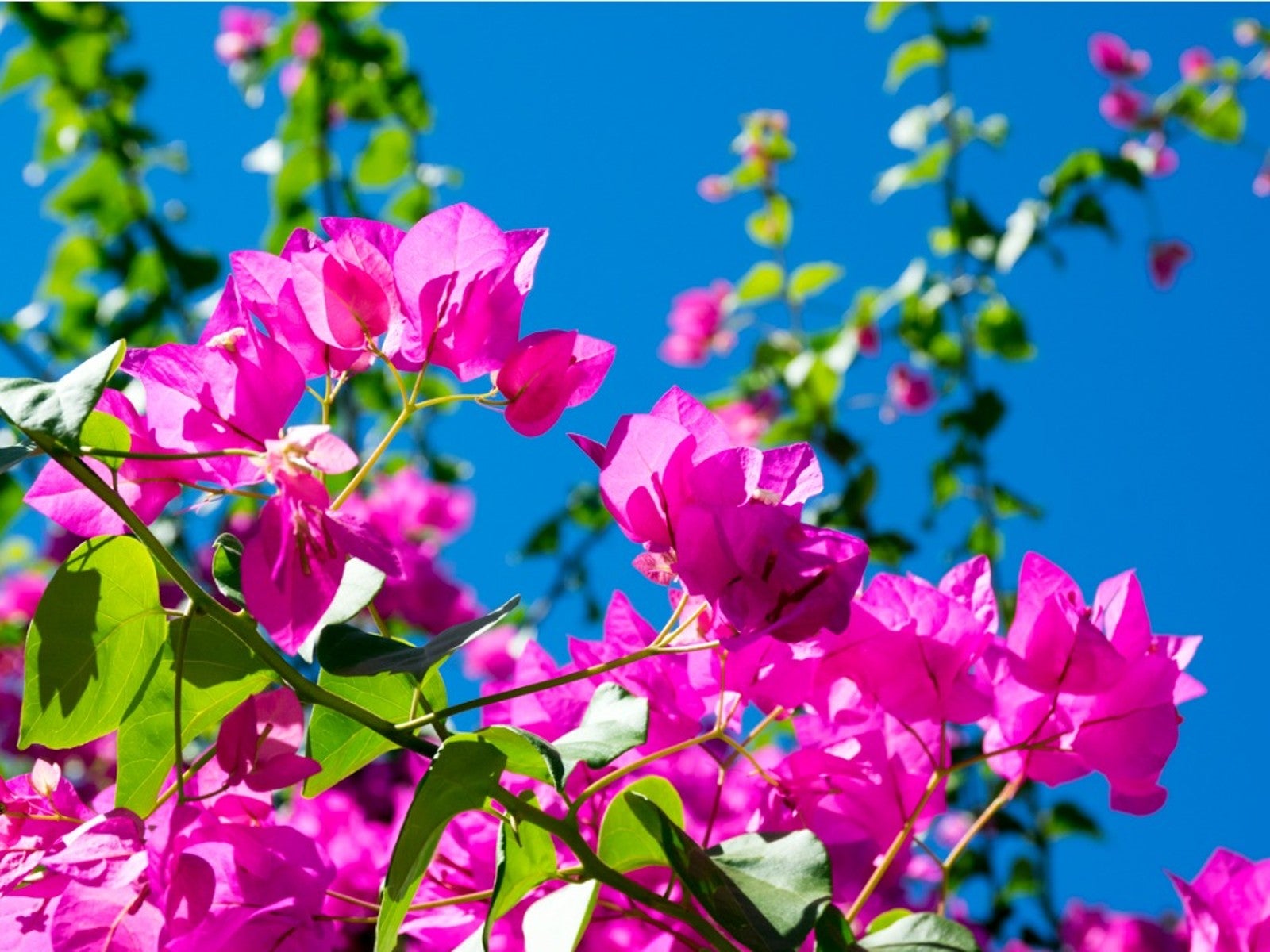

In warm regions, bougainvillea blooms almost year-round and thrives outdoors. However, northern gardeners will have a bit more work to keep this plant alive and happy during winter. These plants will freeze to the ground when temperatures drop to 30 degrees F. (-1 C.) but provided it doesn't get colder, they usually spring right back when warmer weather appears. Good bougainvillea winter care can ensure a healthy plant that will produce copious quantities of brightly colored flower bracts.
When Winterizing a Bougainvillea is Necessary
Bougainvillea is hardy to USDA zones 9 to 11. It can withstand a light freeze, but deep freezes will kill the roots. In areas below those zones, a bougainvillea in winter should be kept in containers and moved indoors. This takes some special bougainvillea winter care and preparation for the plant to slumber during the cold season.
Even warm regions like Texas can experience some pretty sustained freezes and, in some cases, snow and ice. Zone 9 achieves low temperatures between 18 and 28 degrees F. (-8 to -2 C.), well below freezing. You can opt to dig up the plant at the end of the season if it is growing in-ground or simply keep it in a container.
Digging up the plant will stress out the bougainvillea, so it might be best to containerize. That way you won't take a chance on disturbing the roots. Plants in lower zones absolutely must come indoors. Even those in zone 9 should come indoors for the bulk of the winter unless they are in a protected location or warmer microclimate of the landscape. Once moved indoors, there are a few tips on successfully overwintering bougainvillea.
Care for Bougainvillea Plants over Winter
Bougainvillea winter care in warm regions consists of ensuring average moisture to the plant. In its dormant state, the plant responds beautifully to pruning and rewards you with more dense growth and colorful bracts. Overwintering bougainvillea indoors takes a bit more planning.
The container should be a couple of inches (5 cm.) larger in diameter than the root ball. Soil takes center stage here. The plants grow in dry soil in their native region, but root restricted container plants benefit from rich soil that will retain some moisture.
It may be necessary to severely cut back the plant if it was growing rampant and vigorously outside, just to facilitate handling and for space issues. As the leaves begin to brown, remove them to help the plant conserve moisture.
Gardening tips, videos, info and more delivered right to your inbox!
Sign up for the Gardening Know How newsletter today and receive a free copy of our e-book "How to Grow Delicious Tomatoes".
Winterizing a bougainvillea also includes watering practices and suspension of fertilizer. NO feeding should take place until late winter or very early spring. Container plants can accumulate salts from fertilizer, so it is wise to flush the container a few days after feeding the plant to prevent root burn. You may also choose to simply top dress the container with well-rotted manure or compost.
Situate the containers in a cool area but one that doesn't freeze. Often, the garage or basement is ideal, but make sure the plant has exposure to sunlight. Part of the care for bougainvillea plants over winter is to keep them a touch on the dry side.
As spring nears, gradually increase water. As temperatures outside warm, gradually introduce the plant to more light and warmer temperatures to get it ready to go outdoors. Once all danger of frost has passed, bring the plant outdoors.

Bonnie Grant is a professional landscaper with a Certification in Urban Gardening. She has been gardening and writing for 15 years. A former professional chef, she has a passion for edible landscaping.
-
 Looking For Plants To Give You The Soft And Fuzzies? Try These 5 Fuzzy Leaf Plant Options
Looking For Plants To Give You The Soft And Fuzzies? Try These 5 Fuzzy Leaf Plant OptionsLovers of texture, drama, silver foliage and tactile plants will adore these special sensory garden additions. These fuzzy leaf plant options will leave you all aglow
By Susan Albert
-
 Get Ready For A Summer Of Hummers! Grow These Full Sun Hummingbird Plants and Flowers
Get Ready For A Summer Of Hummers! Grow These Full Sun Hummingbird Plants and FlowersIf you’re lucky enough to enjoy a sunny backyard, make sure you are maxing out on your pollinator opportunities and grow these full sun hummingbird plants and flowers
By Tonya Barnett
-
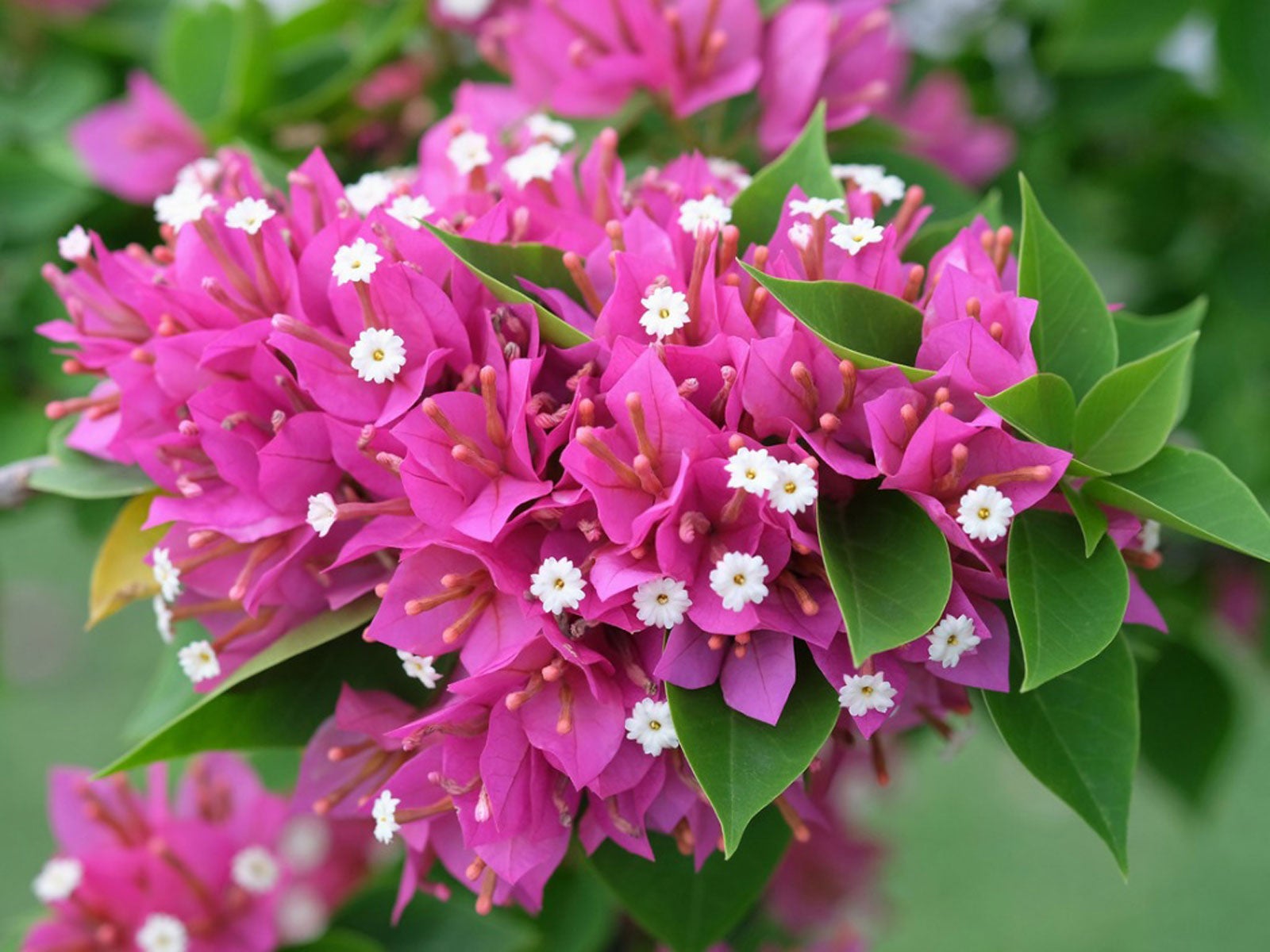 Bougainvillea Is A Different Color: Why Did My Bougainvillea Turn Colors
Bougainvillea Is A Different Color: Why Did My Bougainvillea Turn ColorsA color-changing bougainvillea in your garden may be a neat trick, but what does this mean, and can you do anything about it? Learn more here.
By Mary Ellen Ellis
-
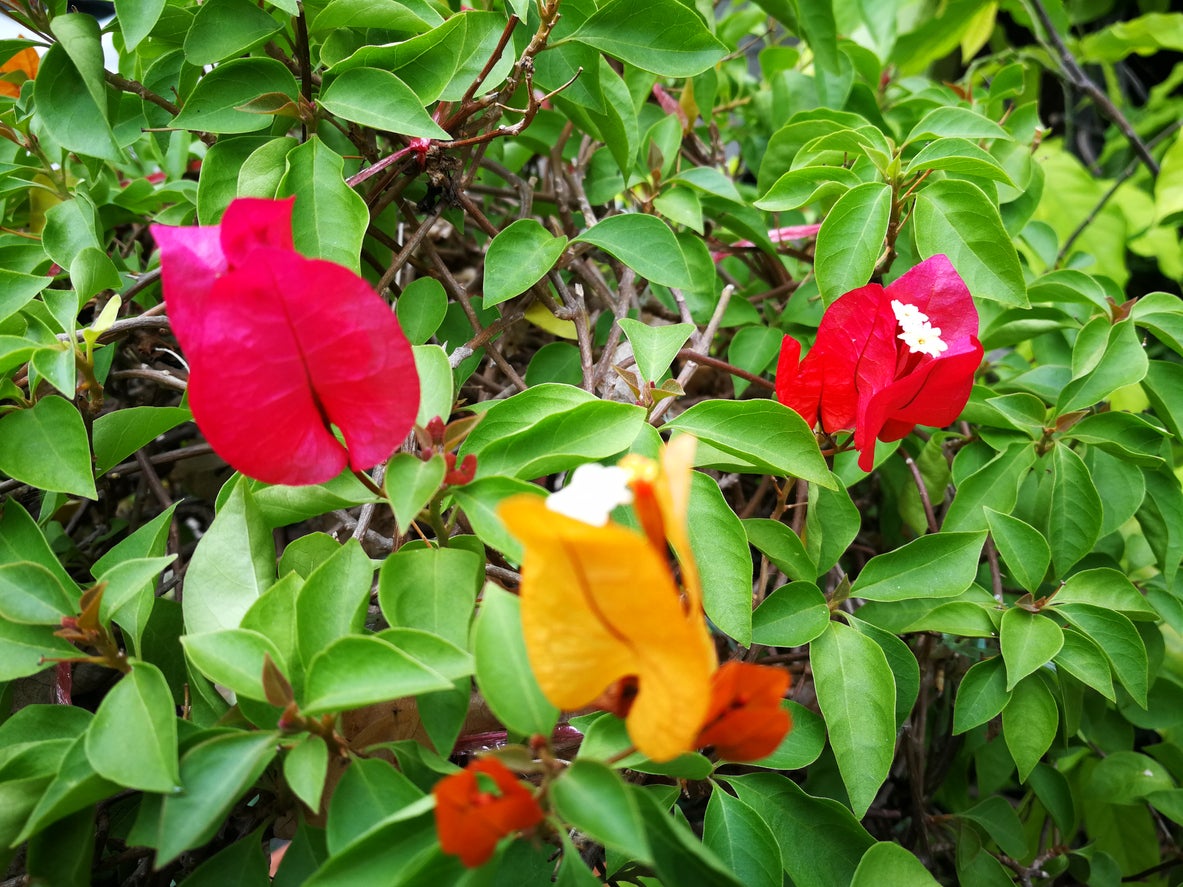 Mini Bougainvillea Care: How To Grow A Dwarf Bougainvillea Plant
Mini Bougainvillea Care: How To Grow A Dwarf Bougainvillea PlantIf you love bougainvillea but don’t want a huge, out-of-control vine rambling amok, try growing miniature or dwarf bougainvilleas. What’s a mini bougainvillea? There are several varieties that, with pruning, can be grown as a low growing shrub. Learn more here.
By Amy Grant
-
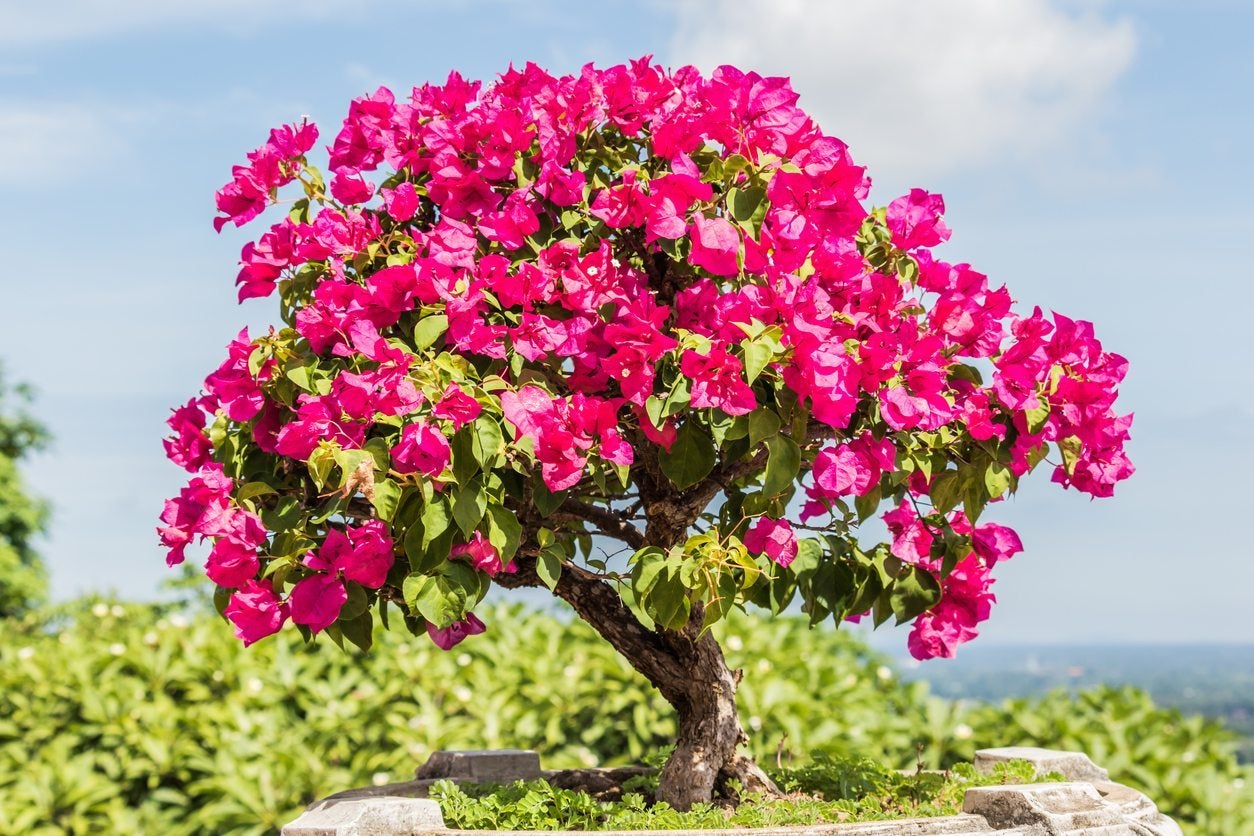 Creating Bougainvillea Bonsai Plants: How To Make A Bougainvillea Bonsai Tree
Creating Bougainvillea Bonsai Plants: How To Make A Bougainvillea Bonsai TreeMeet bonsai bougainvillea plants, bite-sized versions of this mighty vine that you can keep in your living room. Can you make a bonsai out of bougainvillea? You can. Click here for info on how to make a bougainvillea bonsai and tips on bonsai bougainvillea care.
By Teo Spengler
-
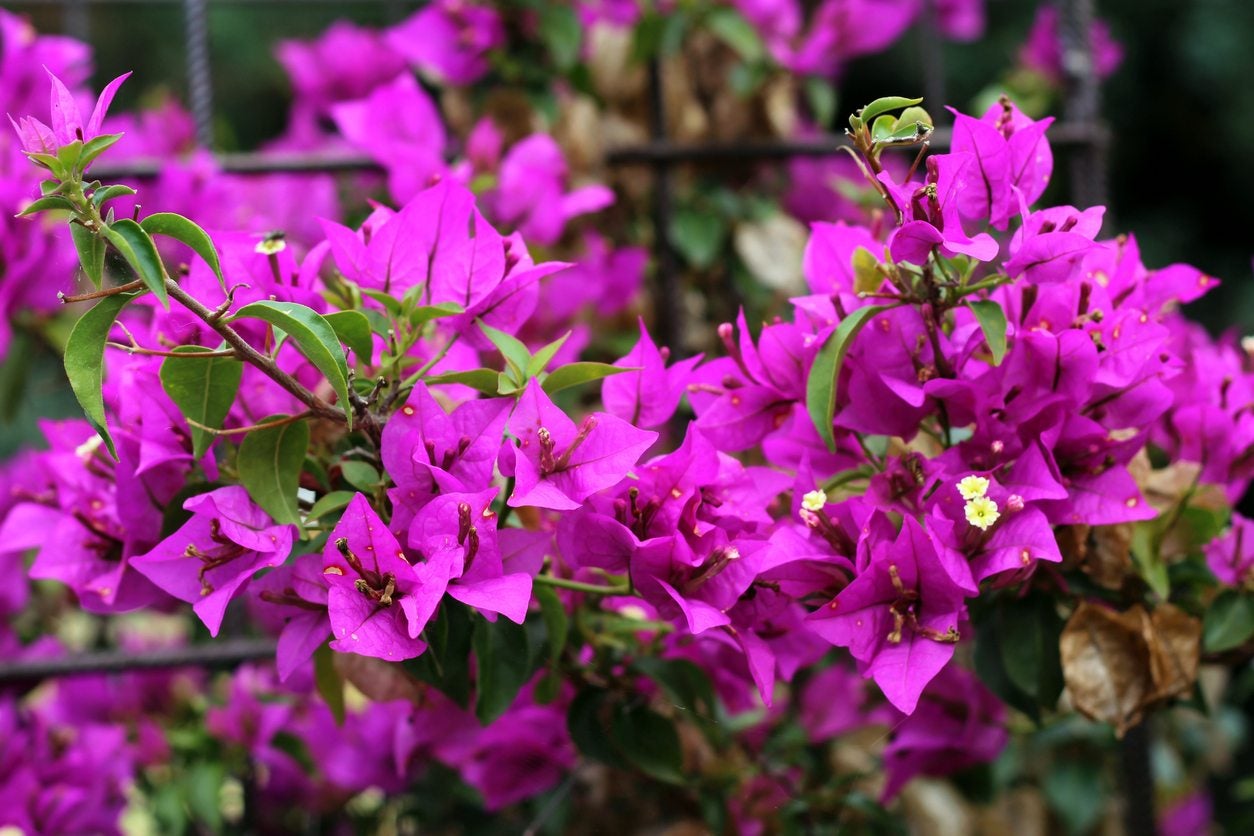 Bougainvillea Pruning: When Should I Prune A Bougainvillea
Bougainvillea Pruning: When Should I Prune A BougainvilleaWhether grown as an indoor or outdoor tropical vine, pruning a bougainvillea may seem like a daunting task, especially if you have the more common thorny types. Click on the article that follows to learn how to prune bougainvillea.
By Darcy Larum
-
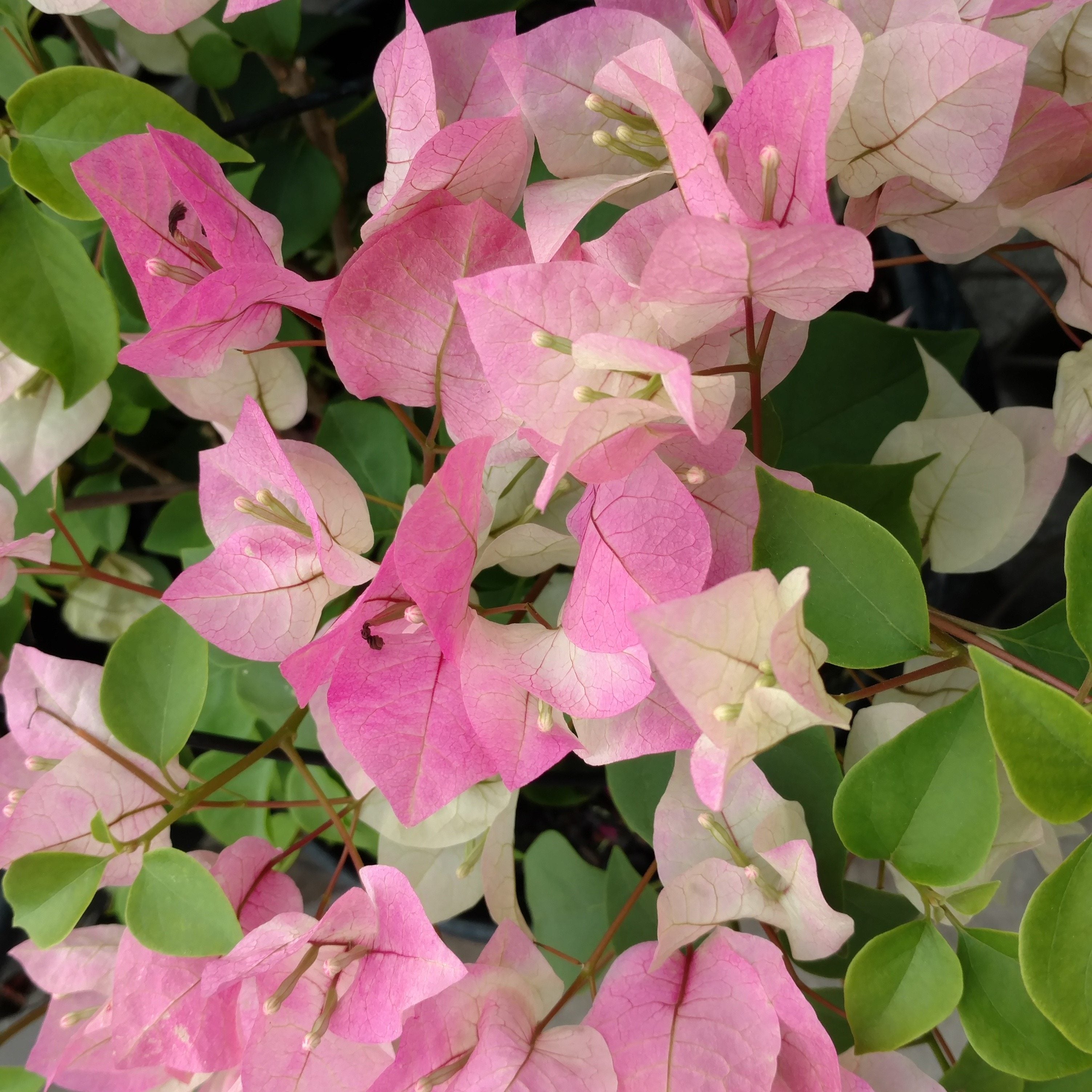 Bougainvillea Care – How To Grow A Bougainvillea In The Garden
Bougainvillea Care – How To Grow A Bougainvillea In The GardenGrowing bougainvillea in gardens requires some effort, but many think that these tropical and subtropical woody vines are worth it. Click this article for information about how to grow a bougainvillea plant in the garden landscape.
By Teo Spengler
-
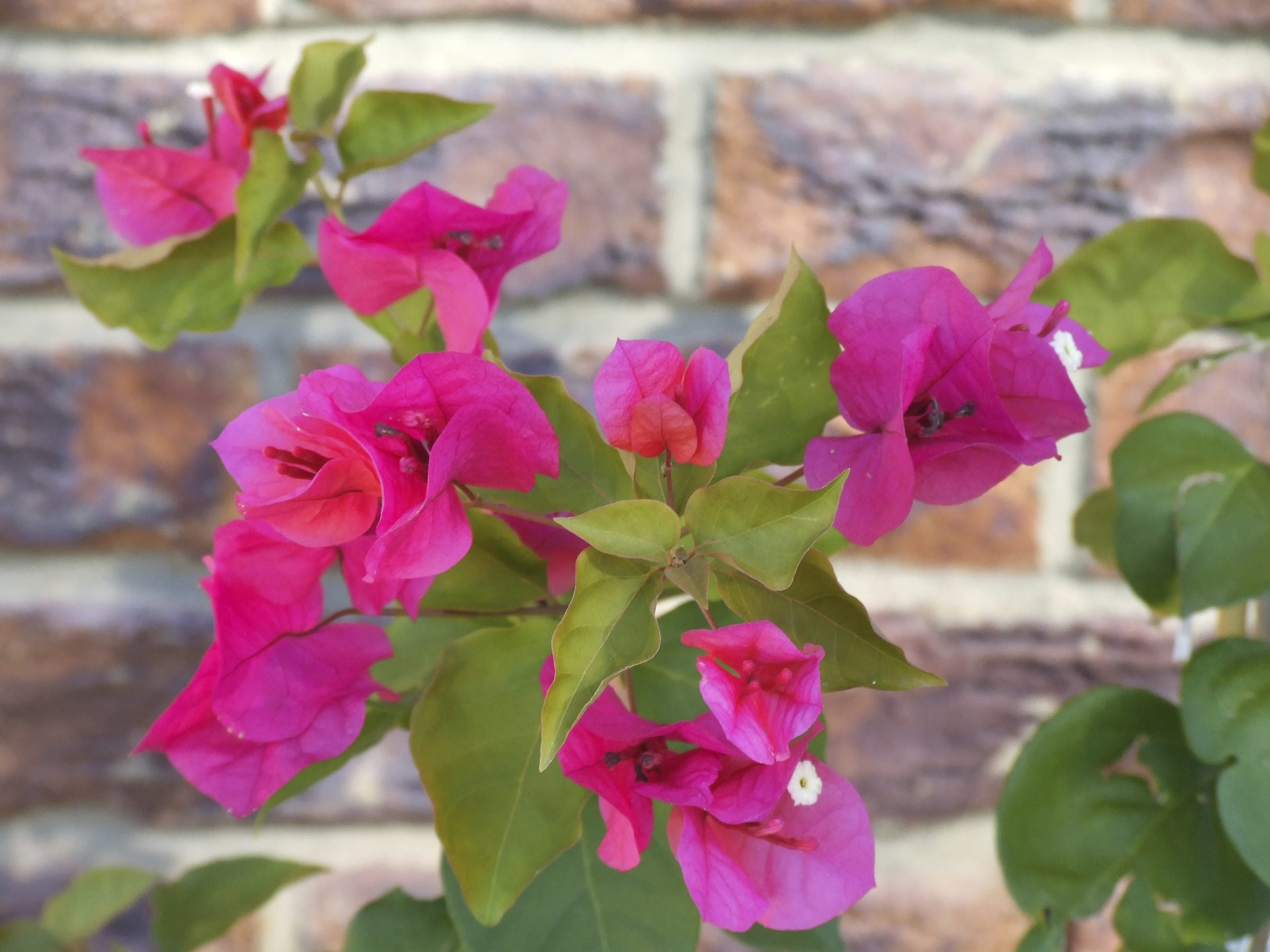 Propagation Of Bougainvillea – Learn How To Propagate Bougainvillea Plants
Propagation Of Bougainvillea – Learn How To Propagate Bougainvillea PlantsHow do you go about propagating bougainvillea seeds and cuttings? Click on the following article to learn more about bougainvillea propagation methods, including growing bougainvillea from a cutting and seeds.
By Liz Baessler
-
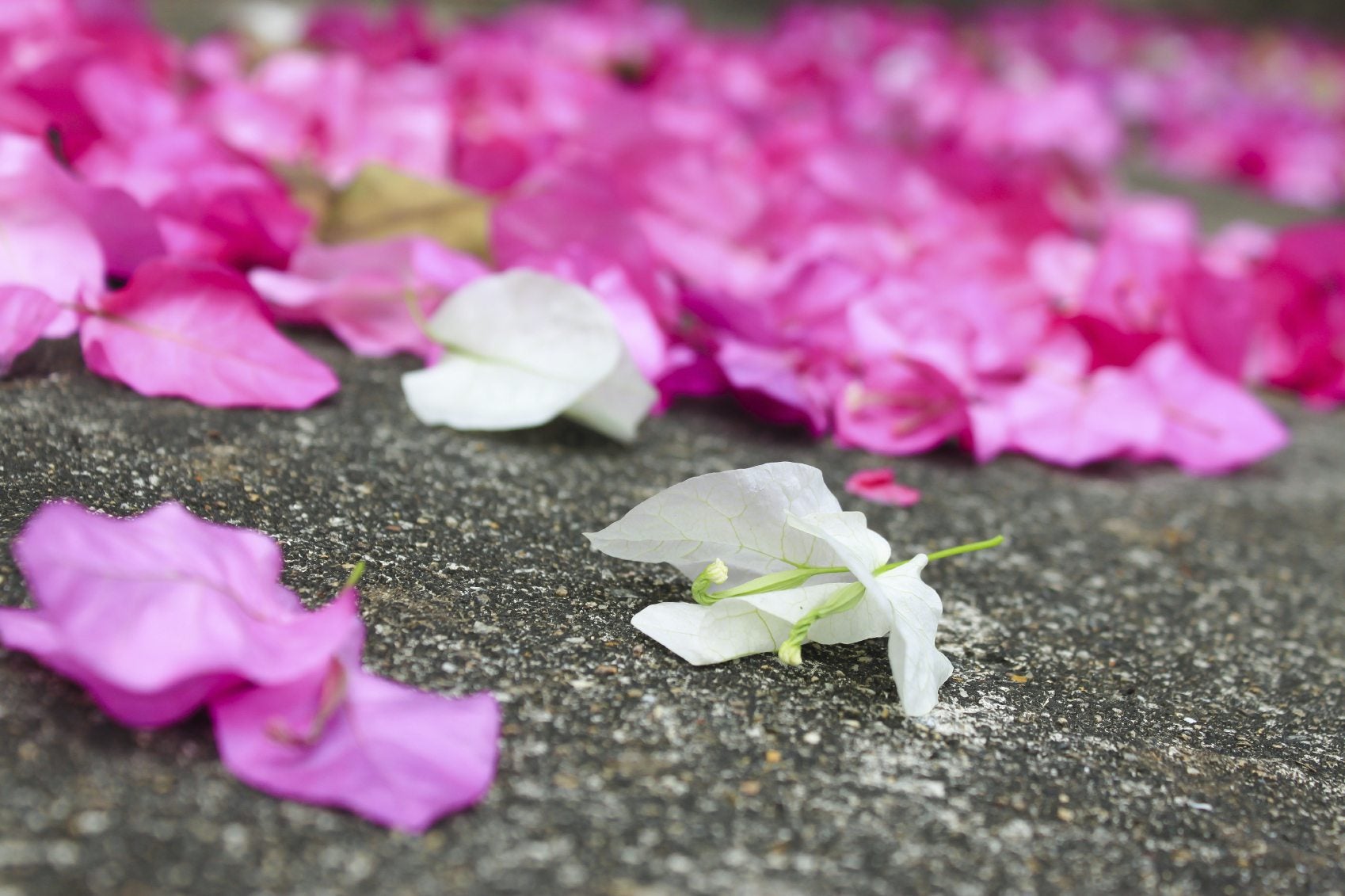 Bougainvillea Blooms Are Falling Off: Reasons For Bougainvillea Flower Drop
Bougainvillea Blooms Are Falling Off: Reasons For Bougainvillea Flower DropIf your bougainvillea blooms are falling off, the odds are that the plant is not getting one of these critical elements: sun and water. Blossoms also suffer from frost. Learn more details about why flowers drop off bougainvillea plants in this article.
By Teo Spengler
-
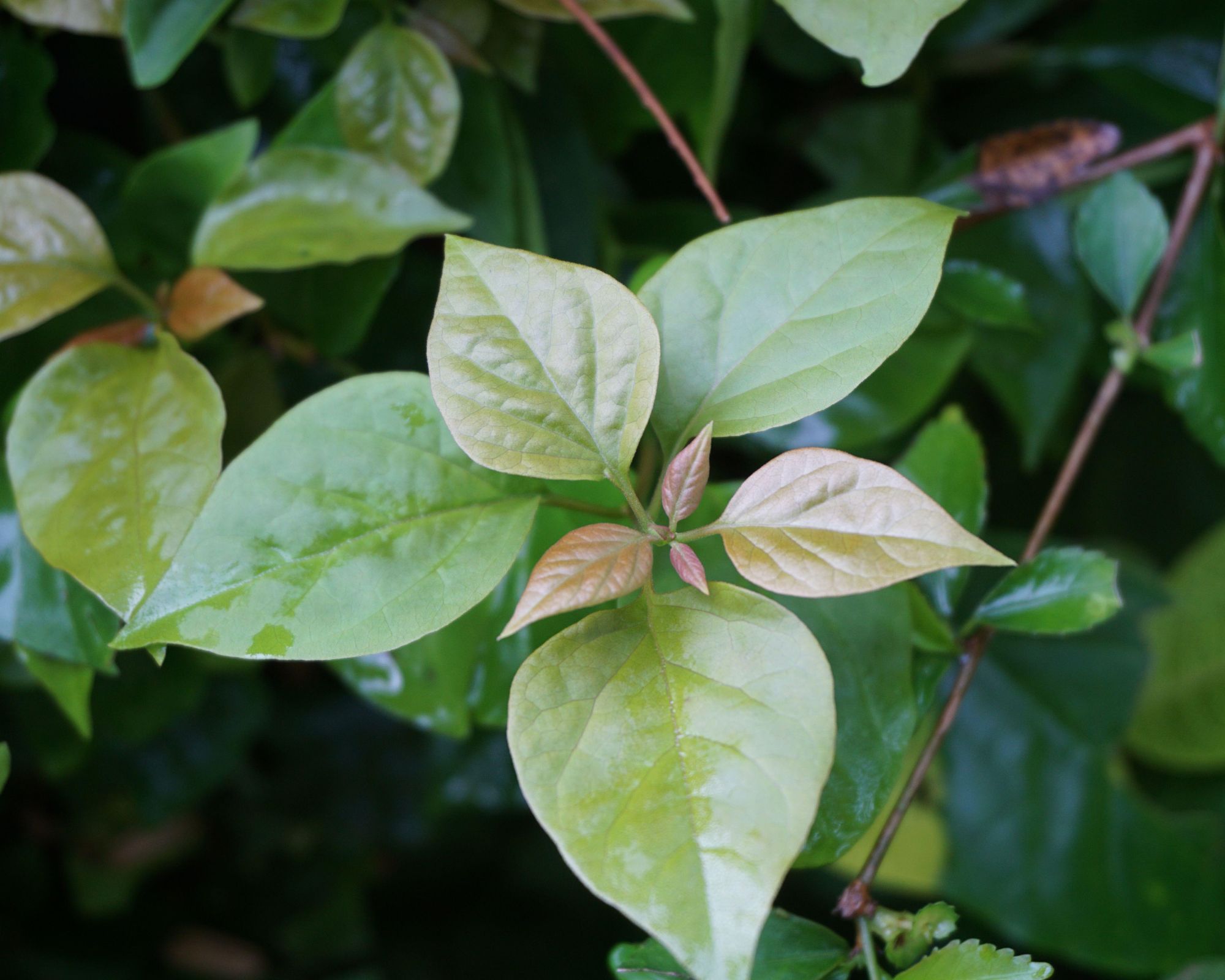 Bougainvillea Not Blooming: How To Get Bougainvillea To Flower
Bougainvillea Not Blooming: How To Get Bougainvillea To FlowerBougainvilleas are beautiful, wild things that can produce a flurry of breathtaking blooms or a season of crushing disappointment. It?s up to you if your bougainvillea will bloom this coming season, but we can show you the path to success here.
By Kristi Waterworth